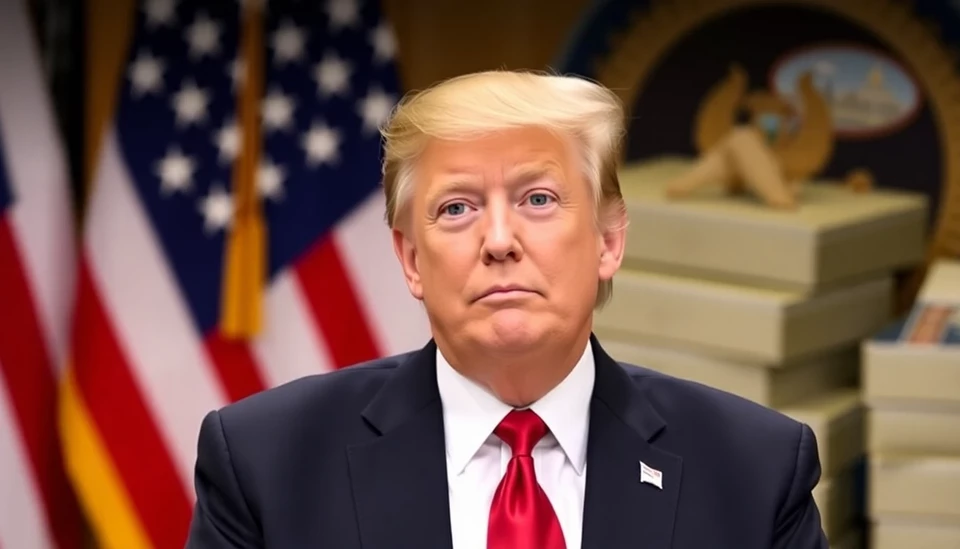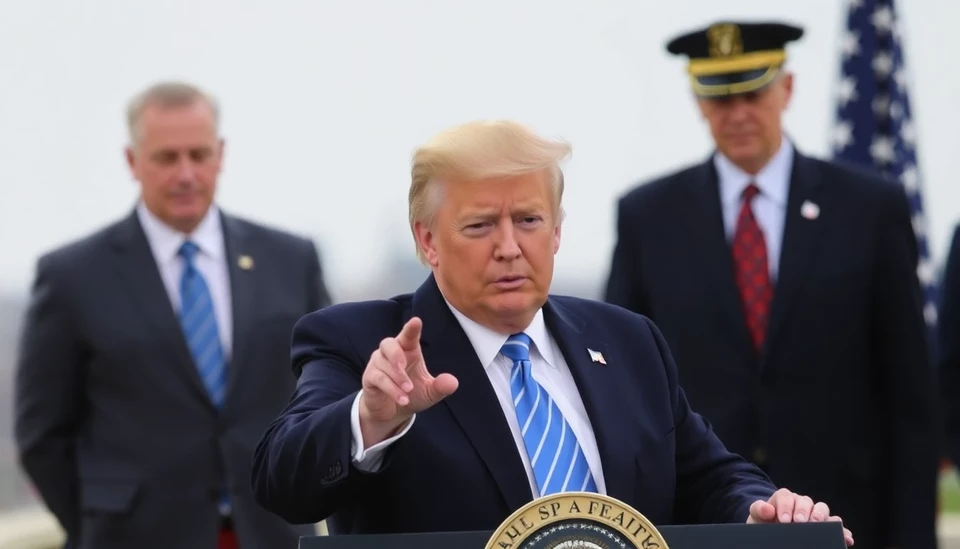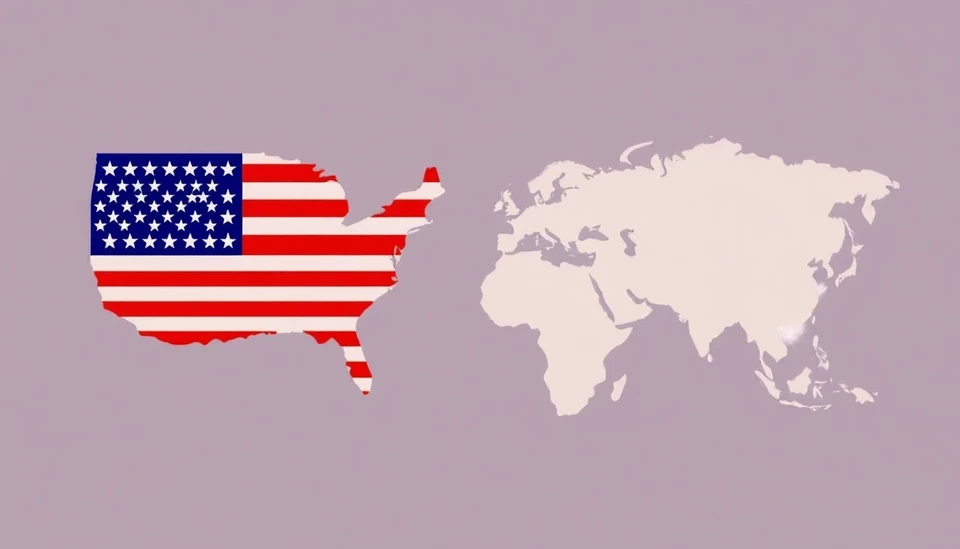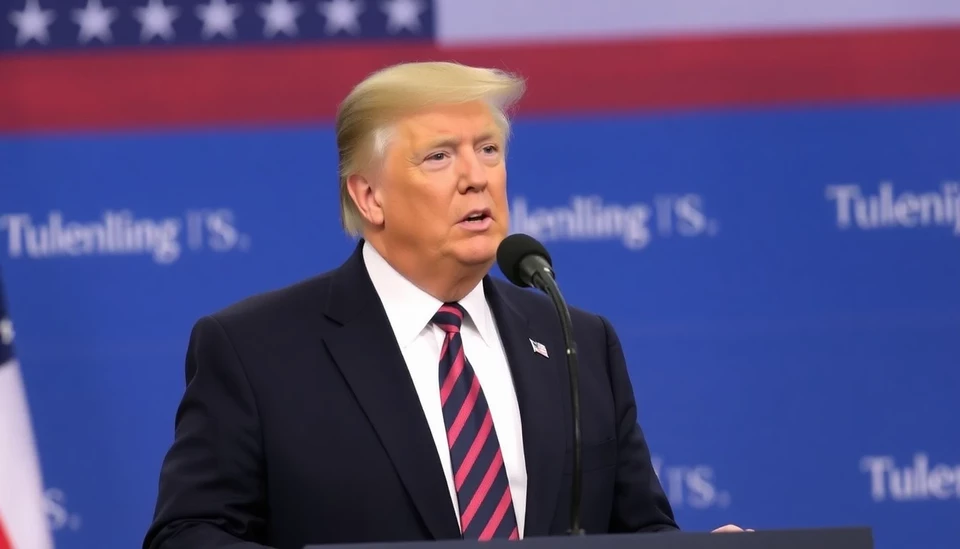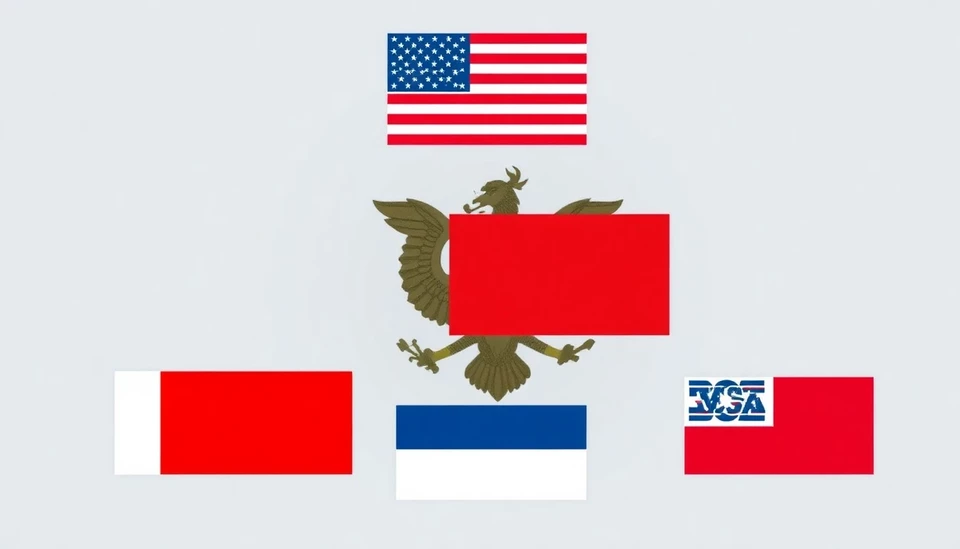
In a sweeping announcement made on April 2, 2025, the U.S. government revealed a detailed framework of reciprocal tariffs aimed at several countries. This decision, fueled by ongoing trade discussions and economic calculations, seeks to address perceived imbalances in trade relationships with various nations.
As part of this initiative, the Biden administration has identified more than 30 countries that will be affected by these new tariff measures. The tariffs, varying significantly depending on the nation and the goods in question, are intended to create a more equitable trade environment, counteracting practices that have long been viewed as unfavorable to American businesses.
Among the countries targeted, major economic players such as China, the European Union, and Mexico will see notable tariffs imposed on a wide range of products. China, in particular, faces some of the highest tariffs, affecting goods ranging from electronics to textiles, reflecting ongoing tensions over trade practices and intellectual property rights.
The announcement has sparked significant dialogue within economic and political spheres. Advocates for these tariffs argue that they will protect American jobs and industries from unfair competition. They believe that by levying these tariffs, the U.S. can strengthen its bargaining position in future trade negotiations and encourage foreign governments to adopt fairer trade practices.
However, critics of the tariff policy warn of potential repercussions, including a retaliatory response from affected nations. Economic analysts predict that such measures could lead to a trade war, potentially increasing prices for consumers and creating uncertainty in the market. Indeed, concerns are mounting that the tariffs may hamper economic recovery as supply chains still grapple with the lingering effects of the pandemic.
The U.S. Trade Representative’s office emphasized that these tariffs are not intended to provoke conflict but rather to ensure that international trade is conducted on a level playing field. They reiterated that this action is part of a broader strategy to engage countries on reforming their trade policies while safeguarding the interests of American workers.
As the implementation of these tariffs is set to begin in the coming months, businesses are urged to prepare for changes in their import costs as well as potential adjustments in their supply chains. The full impact of these tariffs will largely depend on the responses from the targeted nations and the market's ability to absorb these changes.
In conclusion, the unveiling of reciprocal tariffs marks a significant shift in U.S. trade policy, aiming to establish a more balanced economic framework with foreign nations. Stakeholders from various sectors will undoubtedly be monitoring the situation closely as it develops in the coming weeks and months.
#ReciprocalTariffs #TradePolicy #USTradeRepresentative #EconomicImpact #BidenAdministration
Author: Rachel Greene
